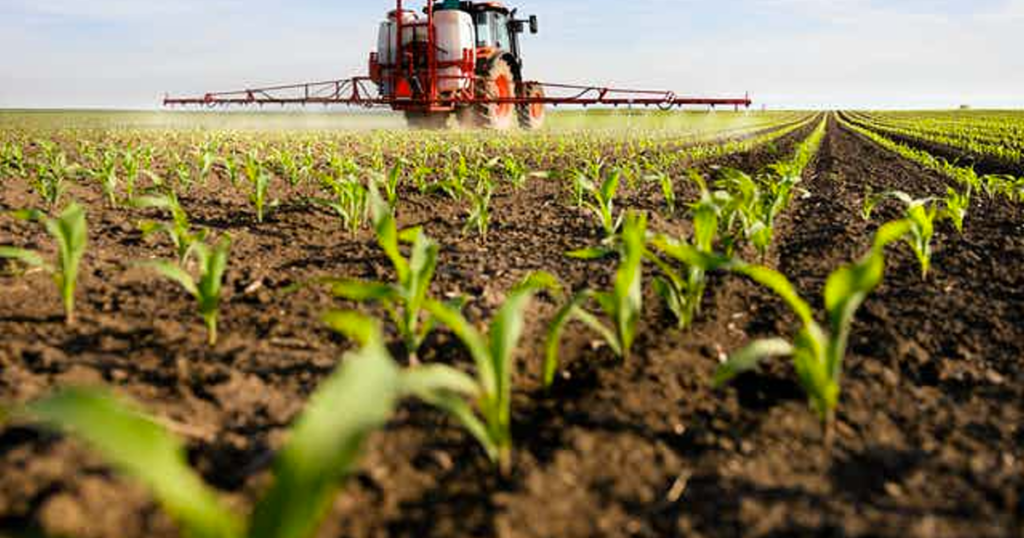The risk of forest fires occurring in the forests of Nicaragua doubled in the first four months of 2022 compared to the same period in 2021, according to a report presented this Friday by the Fundación del Río, dedicated to environmental issues.
According to the report, entitled “Nicaragua burns”, a total of 1,900 hot spots or areas where there is fire were detected between January 1 and April 21, 2022, which means that “there is an increase in the entire territory 55% over the same period in 2021”, explained the president of the Fundación del Río, Amaru Ruiz.
Although the number of hot spots is variable each year, all of those that were identified in protected areas—that is, forested areas that enjoy state protection—should not occur, according to Ruiz.
In the study, presented within the framework of International Earth Day, the River Foundation detected hot spots in 34 of the 74 protected areas in Nicaragua, 13 of which are located in the Pacific zone, 13 in the Caribbean, and 8 in the central zone of the country.
Related news: 34 protected areas in Nicaragua, in danger due to fires
The most affected protected areas are some of the largest forested areas or those that were considered least intervened in Nicaragua: the Cosigüina Volcano Nature Reserve (northwest), the Indio Maíz Biological Reserve (southeast), the Bosawás Biosphere Reserve (northeast), the Cerro Wawashang Nature Reserve (east) and Cerro Silva Nature Reserve (northeast).
Ruiz, a specialist in natural resources, explained that, due to the characteristics of Nicaragua, it is difficult for hot spots in protected areas to be caused by the environment, and that it is most likely agricultural burning caused by “settlers.” or land invaders, which later turned into forest fires.
“The settlers arrive in these territories, they invade, and the first thing they do is change the use of the land through agricultural burning, which turns into large forest fires,” he said.
The youth protests of April 2018 against the management of one of those fires, which burned more than 5,000 hectares of forests in Indio Maíz, are considered one of the triggers of the anti-government demonstrations that broke out against the Government of Daniel Ortega, and that left hundreds dead.
Related news: Nicaragua registered 70 fires in 2021, including 28 forest
According to the report, the only institution that reports actions against forest fires is the Nicaraguan Army, which did so on 43 occasions, of which 12 focused on launching their operational plans, and the remaining 31 related to the suffocation of forest fires “they only dealt with six in protected areas”.
The Fundación del Río attributed the shortcomings to “lack of political will”, lack of investment, and the geographical difficulties of the protected areas.
According to official data, which has not been updated since 2007, Nicaragua loses some 70,000 hectares of forest cover every year. However, the Fundación del Río claims to have studies that indicate that the annual loss could be more than double.















